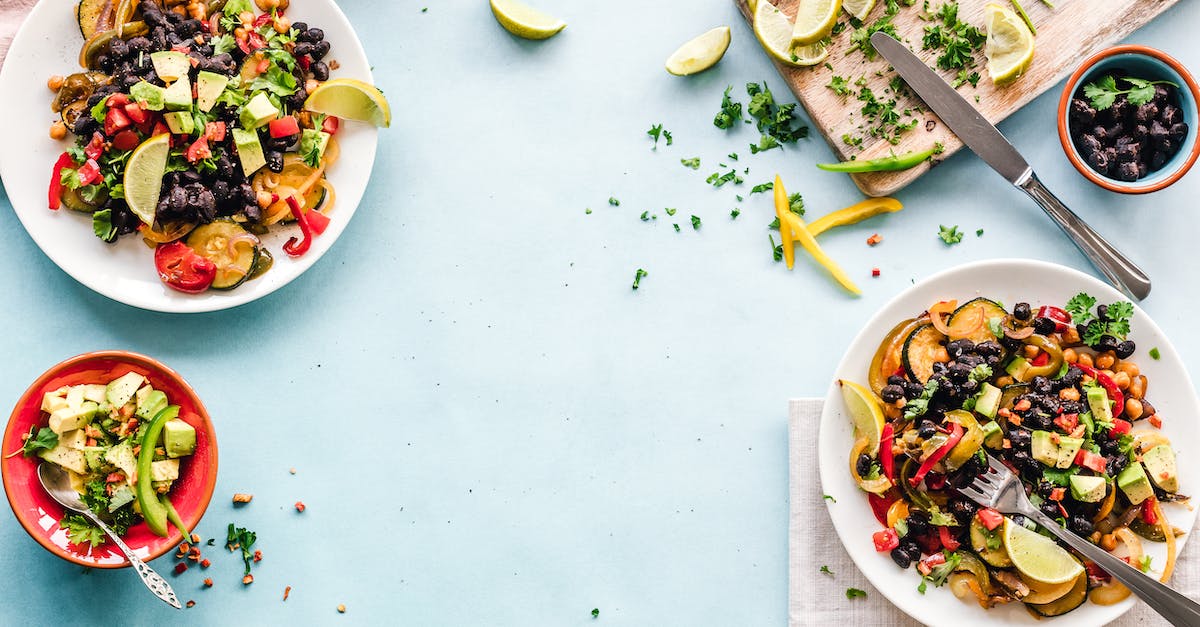Essential Culinary Knots: Tying Up Your Kitchen Skills

Introduction
Cooking is an art form, and just like any other craft, there are certain techniques and skills that can elevate your abilities to the next level. One often overlooked aspect of cooking is the art of tying knots. Yes, you heard that right - knots! While knot tying may seem more suited for sailors or rock climbers, mastering a few essential culinary knots can actually improve your kitchen skills and make you feel like a true culinary artist.
Why Knots Matter
You may be wondering, why should I bother learning knots for cooking? Well, aside from the fact that it's fun and adds a touch of elegance to your dishes, there are several practical reasons why knots matter in the culinary world. First and foremost, knots can help you securely tie up your ingredients, ensuring that they cook evenly and retain their shape. This is especially important when working with delicate items like stuffed meats or vegetables. Additionally, knots can also be used to truss poultry, which helps the bird cook more evenly and keeps the stuffing inside. So, whether you're tying up a roast, securing herbs in a bouquet garni, or closing off a cheesecloth sachet, mastering a few simple knots can vastly improve your kitchen skills.
Essential Culinary Knots
Now that we understand the importance of knots in the kitchen, let's dive into some essential culinary knots that every aspiring home cook should know:
1. The Butcher's Knot
The Butcher's Knot is a versatile knot that can be used for tying both meat and vegetables. It's a simple, yet effective knot that holds everything together securely. To tie a Butcher's Knot, start by wrapping the string around your ingredients and crossing it over itself. Then, bring the working end of the string through the loop you created. Finally, pull the ends of the string tight to secure the knot. Voila! You've just tied a Butcher's Knot!
2. The Slip Knot
The Slip Knot is a fantastic knot to have in your culinary arsenal. It's commonly used for tying up roasts or trussing poultry. The beauty of the Slip Knot is that it can be easily adjusted and tightened as needed. To tie a Slip Knot, make a loop with your string and pass one end of the string through the loop. Gently pull the ends of the string to tighten the knot. If you need to loosen or tighten the knot, simply pull on the working end of the string. The Slip Knot is a true kitchen essential!
3. The Square Knot
The Square Knot is another versatile knot that can be used in a variety of culinary applications. It's perfect for tying up bacon-wrapped vegetables or securing parchment paper packets. To tie a Square Knot, cross the ends of the string over each other and bring the right end over the left end. Then, bring the left end over the right end and tuck it underneath the other end. Pull both ends tightly to secure the knot in place. The Square Knot is a classic knot that every aspiring chef should know.
Practice Makes Perfect
Now that you have an understanding of these essential culinary knots, it's time to put them into practice! Find a recipe that calls for tying ingredients or trussing poultry, and give it a go. Don't worry if your knots aren't perfect at first - practice makes perfect! With time and experience, you'll become a master at tying knots in the kitchen, and your dishes will look and taste better than ever before.
Remember, cooking is all about having fun and expressing your creativity. So grab your apron, tie up those culinary knots, and get ready to take your kitchen skills to new heights!